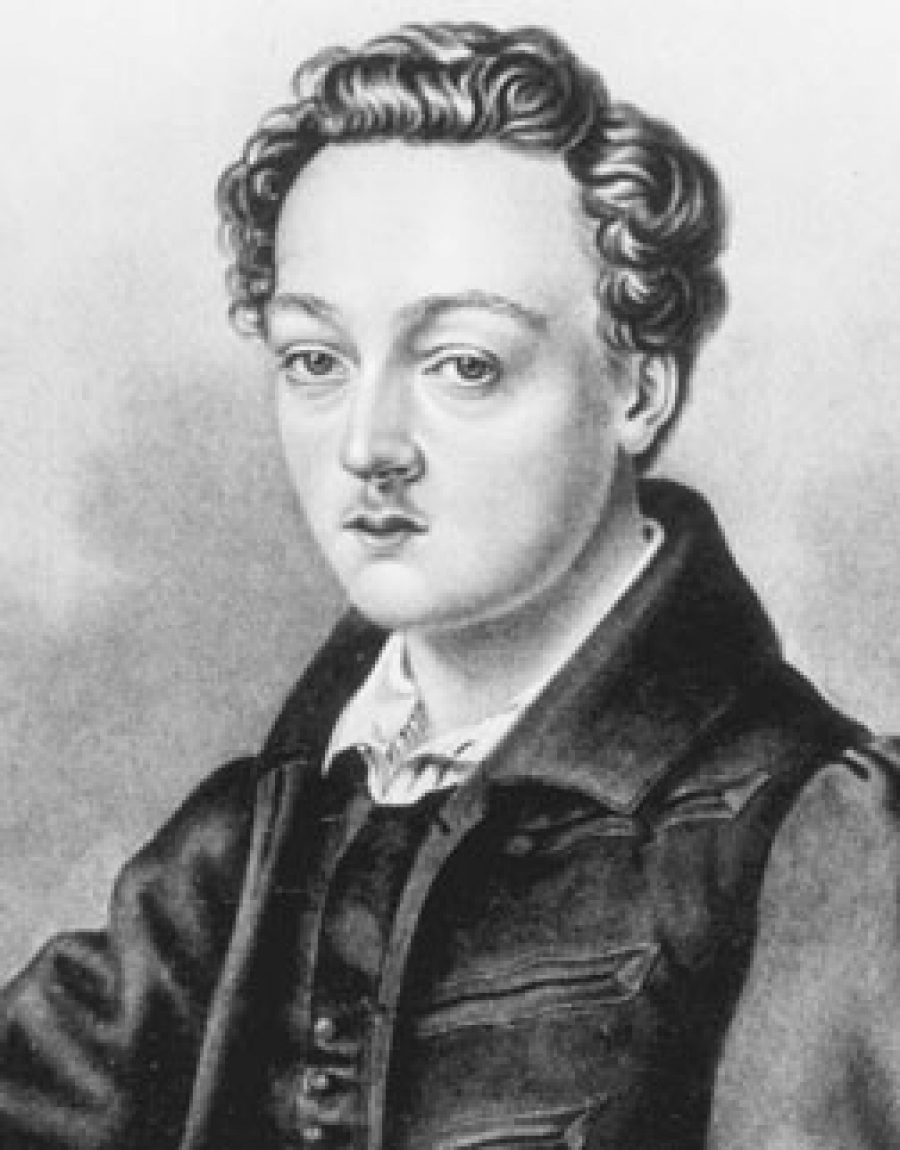To him we owe the historical evidence of Pithekousai, of its pre-existence in Cumae and, therefore, of its role as a cradle of Magna Graecia. The archaeologist Georg Buchner was born in Monaco of Bavaria on 8th of August 1914, son of the famous zoologist Paul and a Venetian painter, who started to regularly frequent Ischia, living on a small of hill of Saint Alexander on 1927.
 After the Gymnasium in Germany, with the arrival of Hitler, the young Georg moved to Italy in order to attend high school. During those years, reading Julius Beloch’s book Campanien, he found out that in Lacco Ameno, on the island where he spent summers, Greek finds and ancient sculptures had been discovered in the valley of San Montano. Therefore, he decided to dedicate himself to archaeology, in order to investigate the past of the island, which was almost unknown. He studied classical literature in Naples and then in Rome, where he graduated with a thesis about the prehistory and the archaeology of Ischia (Vita e dimora umana nelle Isole Flegree dalla preistoria ai tempi romani). For his thesis, he did some research about the hill of the Castiglione in Ischia and in Vivara, where he found proofs of settlements from the Bronze age and the passage of the Mycenaean in the XV-XVI century b.C. From the Castiglione he launched his archaeological exploration of the island when, in 1949, he became the official of Naples Archaeological Superintendence. In 1952, he started the excavations in Lacco Ameno, in the valley of San Montano, where he worked during a first phase until 1961 and then from 1964 to 1982, bringing to light the Pithekousai necropolis, used since VIII century b.C. Among the considerable amount of finds, in 1955, fragments of Nestor’s cup dated from 725 b.C with its famous inscription were retrieved in a tomb. In the mid-1960s, the archaeological research started on the promontory of Monte Vico, where the acropolis of Pithekousai was, followed by the excavation of Mazzola on the hill of Mezzavia from 1969 to 1971, behind the centre of Lacco Ameno, where the metallurgical area of Pithekousai was discovered. First, the tombs, then the structures of the Greek town and tens of thousands of finds were the result of the excavations campaigns led by Georg Buchner with very advanced stratigraphic methods and with a modern interdisciplinary approach for the particular geological characteristics of the territory. More particularly, Buchner collaborated with the volcanologist Alfred Rittmann, with whom he created the first Museum of the Island of Ischia, an archaeological museum, which was eventually realised on 17th of April 1999, when the Archaeological Museum of Pithecusae was inaugurated. It was the occasion to pay tribute from the greatest exponents of the worldwide archaeology to the explorer of Pithekousai, first Greek colony in the West. Georg Buchner died in Ischia on 5th of February 2005.
After the Gymnasium in Germany, with the arrival of Hitler, the young Georg moved to Italy in order to attend high school. During those years, reading Julius Beloch’s book Campanien, he found out that in Lacco Ameno, on the island where he spent summers, Greek finds and ancient sculptures had been discovered in the valley of San Montano. Therefore, he decided to dedicate himself to archaeology, in order to investigate the past of the island, which was almost unknown. He studied classical literature in Naples and then in Rome, where he graduated with a thesis about the prehistory and the archaeology of Ischia (Vita e dimora umana nelle Isole Flegree dalla preistoria ai tempi romani). For his thesis, he did some research about the hill of the Castiglione in Ischia and in Vivara, where he found proofs of settlements from the Bronze age and the passage of the Mycenaean in the XV-XVI century b.C. From the Castiglione he launched his archaeological exploration of the island when, in 1949, he became the official of Naples Archaeological Superintendence. In 1952, he started the excavations in Lacco Ameno, in the valley of San Montano, where he worked during a first phase until 1961 and then from 1964 to 1982, bringing to light the Pithekousai necropolis, used since VIII century b.C. Among the considerable amount of finds, in 1955, fragments of Nestor’s cup dated from 725 b.C with its famous inscription were retrieved in a tomb. In the mid-1960s, the archaeological research started on the promontory of Monte Vico, where the acropolis of Pithekousai was, followed by the excavation of Mazzola on the hill of Mezzavia from 1969 to 1971, behind the centre of Lacco Ameno, where the metallurgical area of Pithekousai was discovered. First, the tombs, then the structures of the Greek town and tens of thousands of finds were the result of the excavations campaigns led by Georg Buchner with very advanced stratigraphic methods and with a modern interdisciplinary approach for the particular geological characteristics of the territory. More particularly, Buchner collaborated with the volcanologist Alfred Rittmann, with whom he created the first Museum of the Island of Ischia, an archaeological museum, which was eventually realised on 17th of April 1999, when the Archaeological Museum of Pithecusae was inaugurated. It was the occasion to pay tribute from the greatest exponents of the worldwide archaeology to the explorer of Pithekousai, first Greek colony in the West. Georg Buchner died in Ischia on 5th of February 2005.




Comments powered by CComment